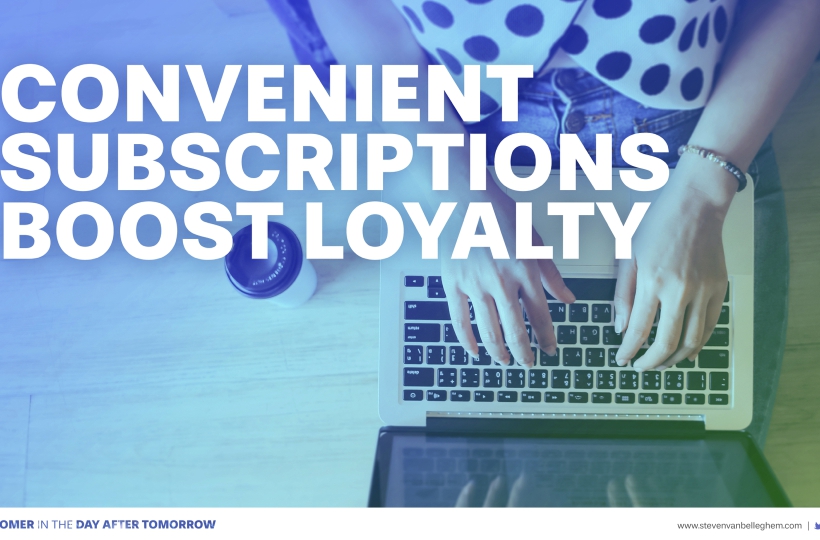5 cases of subscription-based business models that are ready for a world of personal AI assistants

Razor blades and grooming products: Dollar Shave Club
This is definitely one of the most popular subscription brands. Four times a year or whenever the customer demands so, American company Dollar Shave Club sends a Restock Box with razor blades and additional grooming products so its customers never run out of anything. They start off by sending a trial box with different products, based upon some information that they gather up front. And after 2 weeks, the Restock Boxes start to arrive, with the full sizes of the selected products. At any time the customers can add and remove products, and adjust how often they get Restock Boxes.
Healthy Snacks: Graze
Graze wants to help people snack in a more wholesome way, by sending them weekly, bi-weekly, or monthly a tailored box of healthy snacks. Customers first create an account, tell Graze what types of food they like, and then they send a box with products that are tailored to their tastes and needs. The best part is that they allow customers to rate them so that they can learn the preferences of the customer and make more informed choices about what they send them. Food is of course a very popular market for this type of subscription model. Just think of Hello Fresh, Marley Spoon, or Chef On Demand.
Diapers: Dyper
If there is one thing that young parents can appreciate, it’s saving time and not having to worry about running out of diapers. No surprise then that Dyper is such a success, especially seeing that they sell bamboo diapers, which are a lot eco-friendlier than the traditional ones. Customers can manage all aspects of their diaper order right from their phone with an easy-to-use app or on the Dyper website: they can set their subscription as well as the exact quantity they need. Dyper even offers an exclusive SOS service, whenever the parents would have a diaper emergency.
Personal stylist: Stitch Fix
Stitch Fix was one of the first companies to jump on and popularize the subscription model trend. It gathered three million customers in the United States already and recently decided to launch its personalized clothing shopping service in the U.K as well. This expansion is just one of the company’s latest evolutions over the past years. For a 20-dollar styling fee per shipment (clothing prices not included, obviously), it offers a simple but very effective and personalized form of subscription. A personal stylist – supported by data analysis and machine learning – tailors the offerings to individual shoppers’ style profiles. Customers pay for only what they like and want to keep, and they can return the other items for free.
Beauty products: Walmart
But it’s not just hot young start-ups that are launching themselves in the subscription economy. More long-lived corporates like Walmart are hopping on that trend as well. Through its ‘Beauty Box’, it sends its customers beauty samples of all kinds. Four times per year, customers receive an assortment of new beauty products delivered to their door. Each delivery costs no more than $5, making it a very cheap form of marketing of new products for Walmart.
The big enemy: churn!
Now, don’t be fooled by the seeming simplicity of all these examples. The McKinsey report also uncovered that one of the biggest challenges facing subscription e-commerce companies is churn. Nearly 40 percent of the subscribers they questioned, cancelled their subscriptions after one year. The reason probably is that a lot of companies make the mistake of offering great subscriptions, instead of offering great experiences. There’s a big difference between the two. The subscription part is about convenience, which customers really like. But, they will never stay for that alone. What will keep them subscribed is a deep form of personalization, combined with a great experience. So whenever you think about which parts of your company could thrive in a subscription model, think just as much about the experience and the personalization. Because convenience only goes so far.